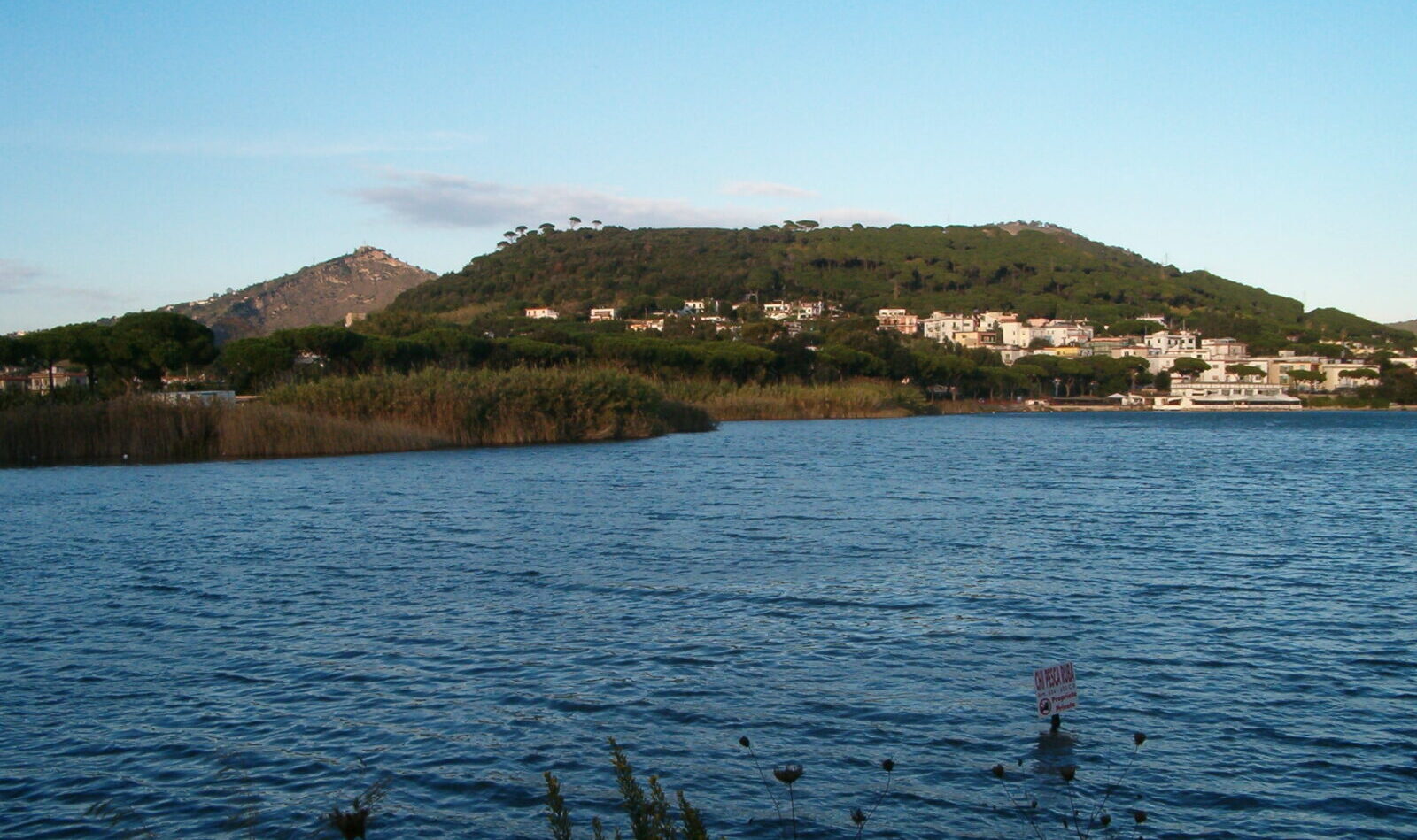In the beating heart of the Italian land, i Campi Flegrei they tell stories of fire and geological fervor. One of the most intriguing chapters is the birth of Monte Nuovo in 1538, an event that not only shaped the landscape but also provided a living lesson in the hidden forces that sleep beneath the surface.
Is there a real risk of it erupting again?
The earth does not forget, and the geological scars of the past can be reflected in the seismic whispers of the present. Recent activity in the Campi Flegrei raises disturbing questions: Are we marching towards another volcanic event? The scenarios bifurcate between a temporary seismic peak and the prelude to an eruption.
History, with its vibrant echo, invites us to pay attention but the actual risk is enormously low.
The birth of Monte Nuovo did not happen suddenly
Monte Nuovo did not blossom overnight. It was an announced drama, with the land that had been showing signs of restlessness since 1470. The tremors and exhalations of Solfatara they were the messengers of a land in turmoil, creating a seismic symphony that reached its crescendo in the days preceding the volcanic event of 1538.
In fact in the two years preceding the eruption of 1538, the intensity and frequency of earthquakes increased significantly. In particular, in the previous ten days the effusion of Monte Nuovo, earthquakes became a daily occurrence, with tremors clearly felt until Napoli, where some testimonies from the time tell the story that he felt 5 to 10 tremors a day.
About 30 hours before the eruption, a stretch of the seabed between Averno and Monte Barbaro it rose in a phenomenon that observers of the time defined as "drying" of the sea, associated with intense seismic shocks.
What happened on September 29, 1538
That September day, the sky darkened to make room for the dance of fire and rock. Around 19pm, the eruptive vent opened up on the seabed, starting an eruption that would have sculpted the Monte Nuovo in the landscape.
The power of the eruption was such that large quantities of incandescent materials, such as pumices e ashes, they were expelled with enough force to throw pumices up to 8 km away. The ashes, however, they covered an area of approximately 10.000 km², creating a dark carpet that temporarily changed the appearance of the region.
The drama didn't stop there: the eruption continued intermittently for several days. In an apparently peaceful phase, around 24 curious people climbed towards the crater, but were overwhelmed by a sudden expulsion of volcanic material, a testimony to the unpredictable and dangerous nature of volcanic events.
The end result was the creation of the Monte Nuovo, a new relief that rose majestically from the landscape, altering the local geography and leaving a permanent testimony to the volcanic energy that lies beneath the Campi Flegrei.
What is bradyseism
Bradyseism is the earth in motion, a choreographic raising and lowering of the soil dancing to the rhythm of underground geological forces. In the Campi Flegrei, this phenomenon played a key role in shaping the topography and signaling seismic activity. Every undulation in the ground is a reminder of the hidden dynamics operating beneath the surface, an ongoing dialogue between the Earth's crust and the forces that shape it. Bradyseism is not just a technical term, but a tangible manifestation of the vibrant and dynamic life of the subsoil, which continues to shape and define the texture of the Phlegraean landscape.




